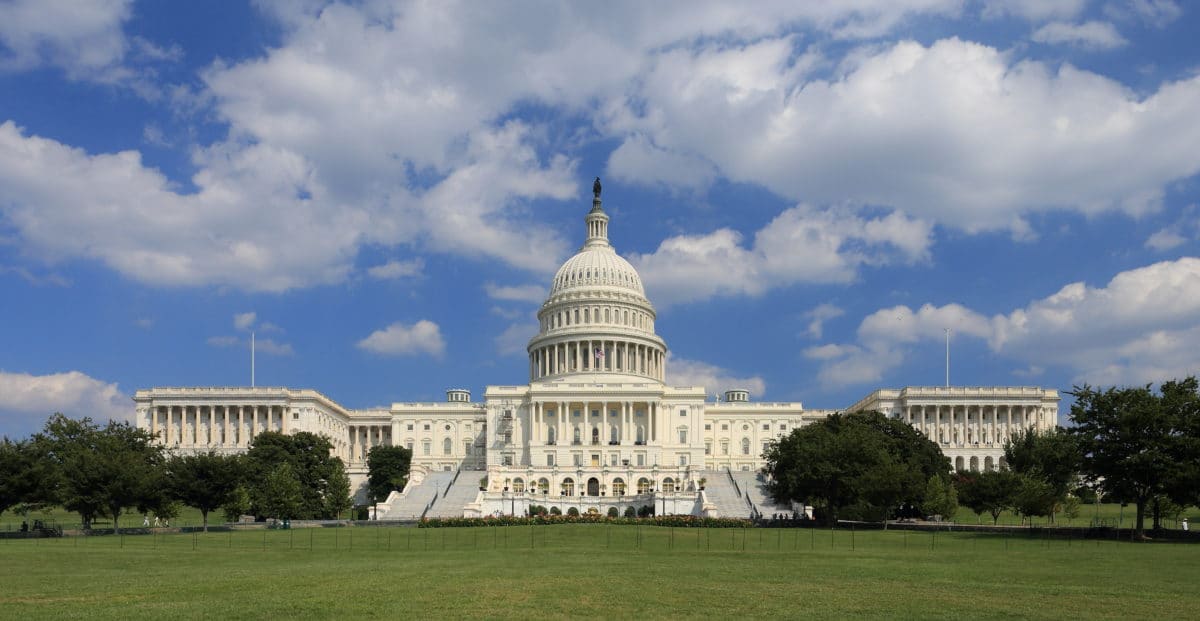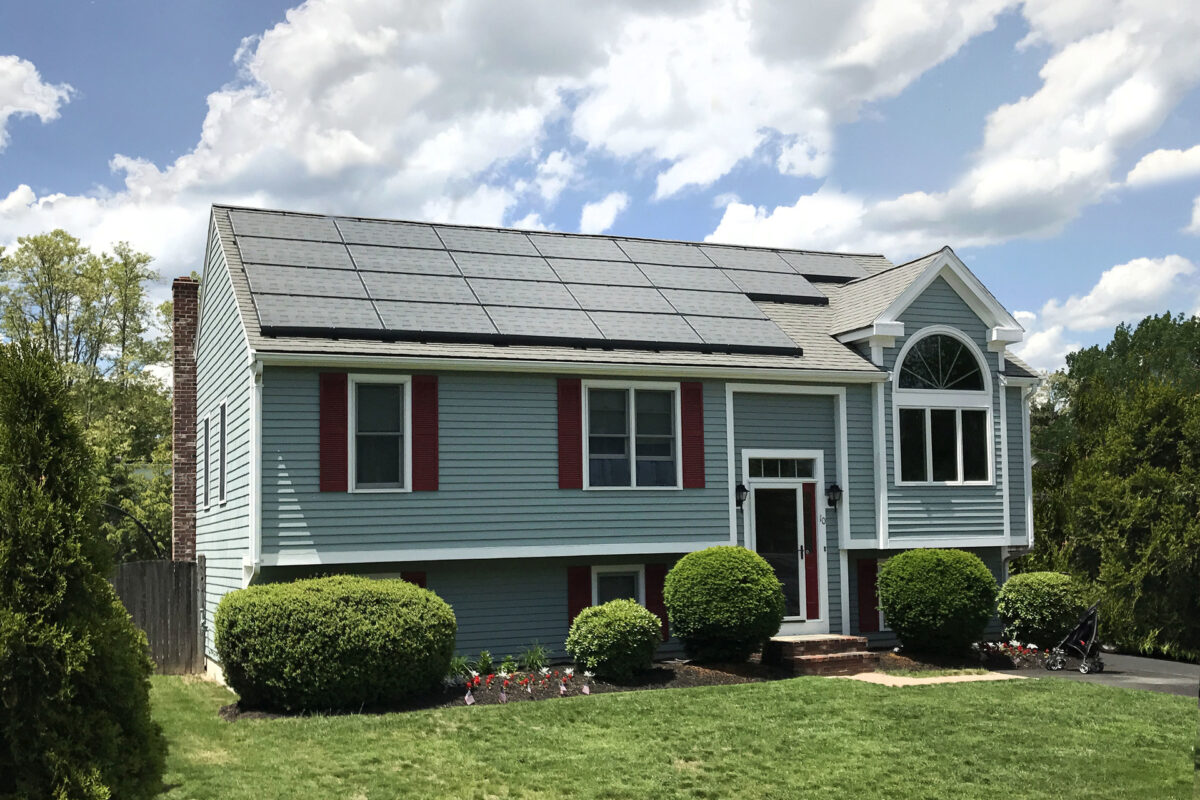The United States Senate released its Fiscal Year 2022 Budget Resolution Toplines. The document was voted on, and released, by the Senate’s controlling Democratic Party.
The document will help guide the coming Budget Reconciliation process, which needs only a simple majority to pass the House and Senate.
The bill aims to fight climate change with investments in clean electricity and home electrification, to be funded by higher taxes on corporations. Several items directly influence the solar, electric vehicle, and energy industries:
- Creates a new Clean Electricity Payment Program (CEPP)
- Provides clean energy, manufacturing, and transportation tax incentives and grants
- Offers historic level of investments in public housing, green and sustainable housing, housing production and affordability
- Electrifies the federal vehicle fleet and building stock.
While official language has yet to be written, the blueprint offers indications for where discussions are likely to go.
ITC and direct pay
Many clean energy industry groups, as well as House and Senate members, have proposed that the tax credits for residential and business owned solar be raised from their current 26% to 30%, and extended through the end of 2029.
Additionally, the Biden Administration, the Solar Energy Industries Association (SEIA), and others have advocated for shifting the tax credits to a “direct day” format. Under that arrangement, a direct pay credit first would be applied against a tax filer’s tax liability. Unlike the current tax credit, however, any leftover credit would be refunded to the filer via a cash payment.
The current pure tax credit can be rolled over into the following year’s tax liability, but eventually is discarded entirely if the taxpayer’s tax liability is insufficient.
Clean Electricity Payment Program
While the CEPP won’t incentivize solar power directly, it would provide financial motivation for utilities that choose to make use of it. An explanation of this program was put together by the Clean Air Task Force. An in-depth description can be found on co-author Jesse Jenkins’ twitter account.
A key sentence from the Clean Air Task Force write up describes the CEPP as follows:
“Electricity suppliers that increase their share of clean electricity beyond a designated annual threshold receive federal performance payments for each additional MWh of clean electricity delivered….It is not a regulatory mechanism and does not create a binding mandate.”
Manufacturing credit
The manufacturing tax credits might include those submitted by Senator Jon Ossoff (D-GA). These tax credit include:
- In the case of an integrated module…11 cents multiplied by…direct current watt basis
- In the case of a photovoltaic cell…4 cents multiplied by…direct current watt basis
- In the case of a photovoltaic wafer…$12 per square meter
- In the case of solar grade polysilicon…$3 per kilogram
- In the case of a solar module which is not an integrated module…7 cents multiplied by…direct current watt basis.
This content is protected by copyright and may not be reused. If you want to cooperate with us and would like to reuse some of our content, please contact: editors@pv-magazine.com.








Why are we throwing so much public money at solar PV when it is claimed that “solar is cheap”. Solar is not a new technology, it has been around for decades, with millions or more of public money spent on development and driving the cost per watt down. It’s time the solar guys stop feeding at the public trough and begging the gov’t to rig the system.
The goal isn’t to be cheap, it’s to get rid of the products which don’t pay for their pollution, and which have already been built. The goal isn’t to be cheap, but be so cheap that people get rid of things they already built at a very fast pace.
I agree Ken, lets completely stop subsidizing Oil, Gas and Coal, and start taxing fossil production to offset the true cost of carbon. I’m really tired of the 1% feeding at the public trough.
John
Is there anything in this budget proposal that would prohibit incentivizing “products which don’t pay for their pollution” like fossil fuels? If not, then public money is used to support both the good and the bad. Are all renewable sources eligible for benefits under this bill? Is there anything in the budget proposal that would reduce the cost (mostly regulatory) for residential and business owned small and micro hydropower…………which is excluded from the tax credits and forced into meatgrinder Federal licensing? Did this bill do anything to “level the field” for any renewable other than solar PV?
Tax credits are government provided throughout the energy industry and for many, many decades. Coal, natural, gas, and nuclear all have tax credits and subsidies buried permanently in the tax codes. The renewable energy industry has not been as skilled as conventional energy in getting permanent tax credits like conventional energy. For example, oil & gas has the intangible drilling deductions, depletion allowances, recovery cost royalties, even deductions for oil spill costs, etc., etc. If the entire energy industry gave up those subsidies and tax credits, solar would still be the cheapest form of energy.
The fossil fuel and nuke energy sources provide full capacity, on-demand, 24/7 electricity. Solar PV alone cannot do that. Solar needs massive energy storage, significant overbuild of capacity, and expensive grid changes to be equivalent to what FF and nuke do. Time will tell if solar will be the “cheapest form of energy” in terms of cost to produce and deliver. The cost savings hopefully will come from a healthier world……as long as they don’t do destruction from all the mining and processing to get solar PV materials and actually find an end of life solution to the short lived panels.
Ken – A better question is why we continue to throw public money at the fossil fuel industry to the tune of over $20,000,000,000 annually when the industry’s sole product directly causes planetary degradation. This is the single most profitable business in history and we continue to subsidize it on a Federal and State level? It’s time the fossil fuel guys stop feeding at the public trough and begging the gov’t to rig the system, and time for them to start internalizing the global cost their products are imposing on the global ecosystem.
Solar and wind are approaching cost parity with certain fossil fuel applications and eventually subsidies can phase out. But for now the public benefits derived from transitioning to clean energy exceed the current subsidies and would justify far greater investment of public assets. I know where an easy additional $20,000,000,000 per year could be found.
Yes, that is a lot of money going to fossil fuels, but then fossil fuels way out-produce renewables. Consider the $ per MWh delivered and you will see a disproportionately higher amount of money going to renewables.
Sure the FF guys are at the trough but do you want solar to continue the practice?